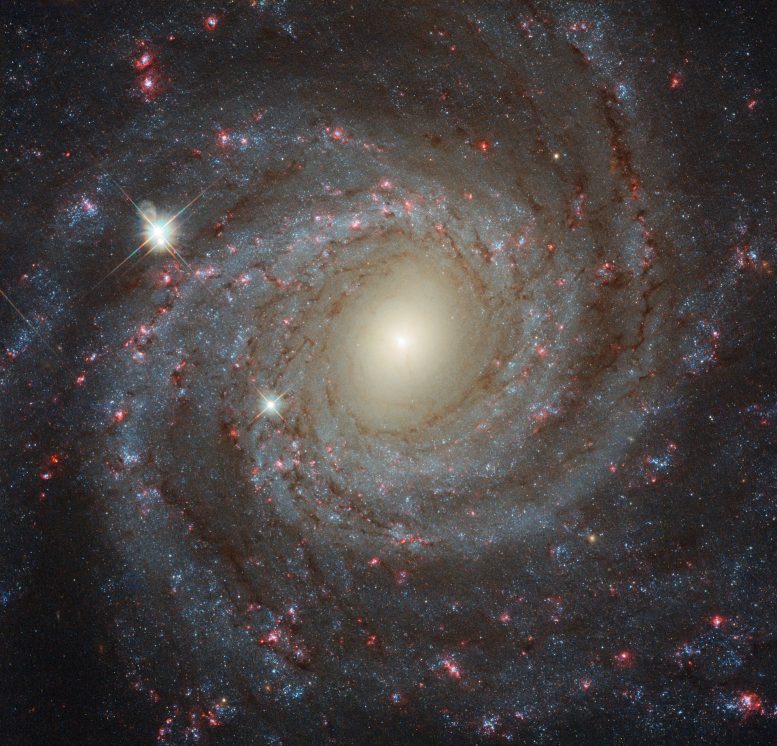A new paper has been published by Dr Michael Gillman (University of Lincoln, School of Life Sciences), Dr Hilary Erenler (University of Northampton, Faculty of Arts, Science and Technology) and Dr Phil Sutton (University of Lincoln, School of Mathematics and Physics) in the International Journal of Astrobiology. The paper “Mapping the location of terrestrial impacts and extinctions onto the spiral arm structure of the Milky Way” looks at data from asteroid impacts, as well as other significant historic changes in the climate of Earth, and the location of the Solar System in the Milkyway galaxy. It was found that asteroid impacts, relating to mass extinction events on Earth, were clustered around the passages through the higher density regions of the spiral arms. As stars orbit the centre of galaxies they pass through the dense spiral arms (caused by density waves). Stars that move closer to one another can gravitationally disrupt one another’s planetary systems. Objects from the outer parts of the Solar System can then be pushed onto orbits that take them into the inner Solar System and collide with planets. In extreme cases the close passes of stars can ejected planets from the system completely. Any gas orbiting around the galaxy is compressed as it moves into the spiral arms, which accelerates star formation. Typically star formation is observed to occur more rapidly in spiral arms of galaxies. This also poses other threats to life as large stars do not live very long after formation (in astronomical terms). They actually go supernovae before they have passed out of the spiral they formed in. Nearby supernovae explosions are also thought to have a significant impact on any life.

Above is an image of spiral galaxy NGC 3344 taken by the Hubble Space Telescope. The dense spiral arms and clearly be seen, which are similar to our Milkyway. The red regions centred around the spiral arms are ionised hydrogen gas and areas of active star formation.
The movement of the Sun and the Solar System in the Milkyway galaxy is on very long timescales, but is it something we should be thinking about in the future?
Abstract
High-density regions within the spiral arms are expected to have profound effects on passing stars. Understanding of the potential effects on the Earth and our Solar System is dependent on a robust model of arm passage dynamics. Using a novel combination of data, we derive a model of the timings of the Solar System through the spiral arms and the relationship to arm tracers such as methanol masers. This reveals that asteroid/comet impacts are significantly clustered near the spiral arms and within specific locations of an average arm structure. The end-Permian and end-Cretaceous extinctions emerge as being located within a small star-formation region in two different arms. The start of the Solar System, greater than 4.5 Ga, occurs in the same region in a third arm. The model complements geo-chemical data in determining the relative importance of extra-Solar events in the diversification and extinction of life on Earth.

Reblogged this on Dr Phil Sutton.
LikeLike
Reblogged this on Maths & Physics News.
LikeLike